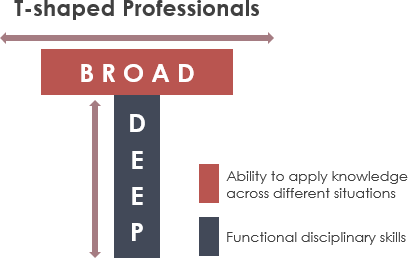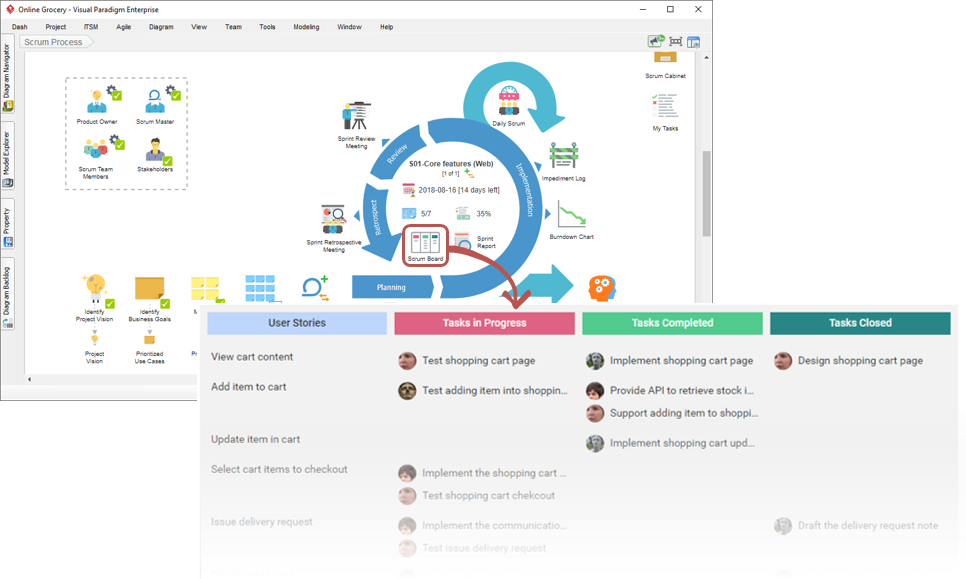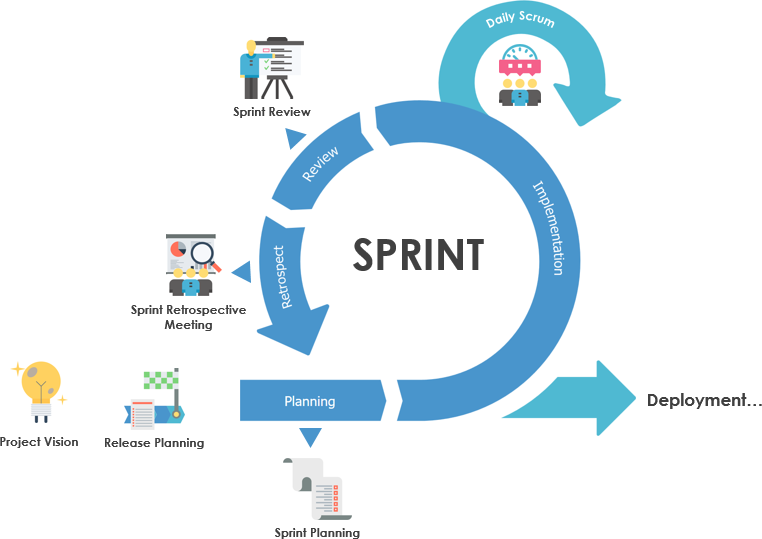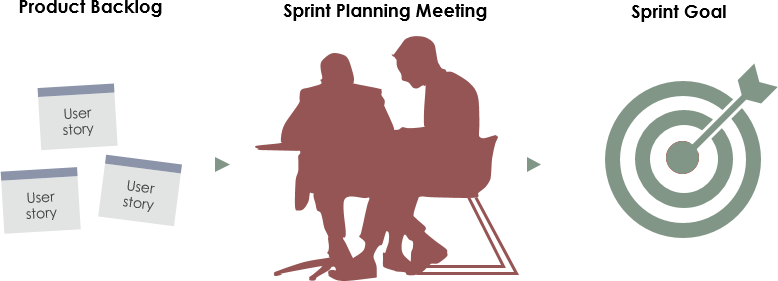Some people are very proficient in a particular field, but rarely contribute outside of that field. These people are called „I-types” in the agile community because they are like the letter „I” in that they have depth, but not much breadth. In contrast, „T-people” have complementary expertise in one area, but less developed skills in related areas and good collaboration skills.
Continue reading








